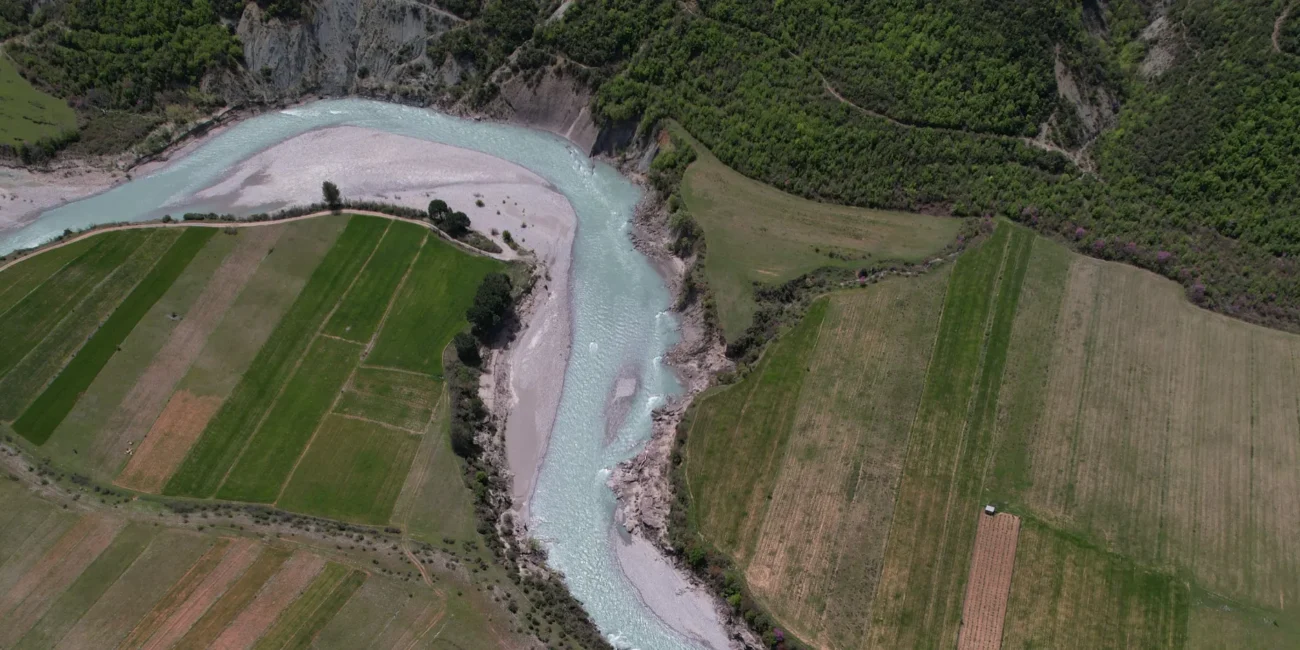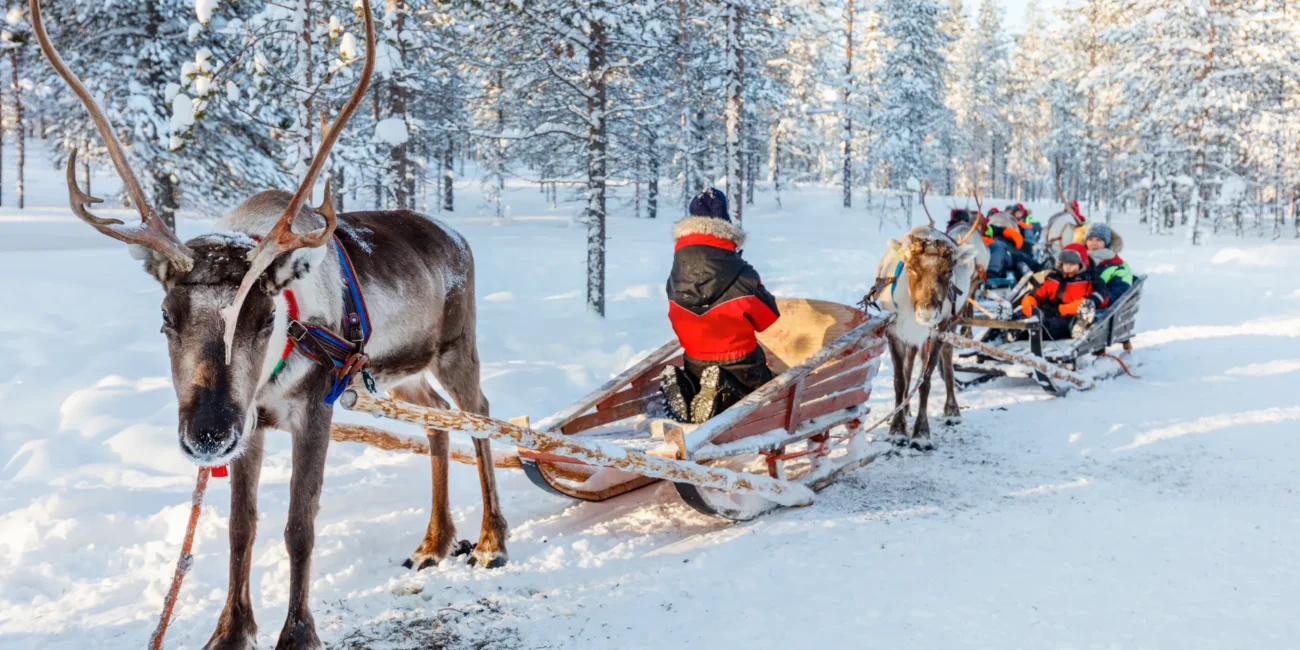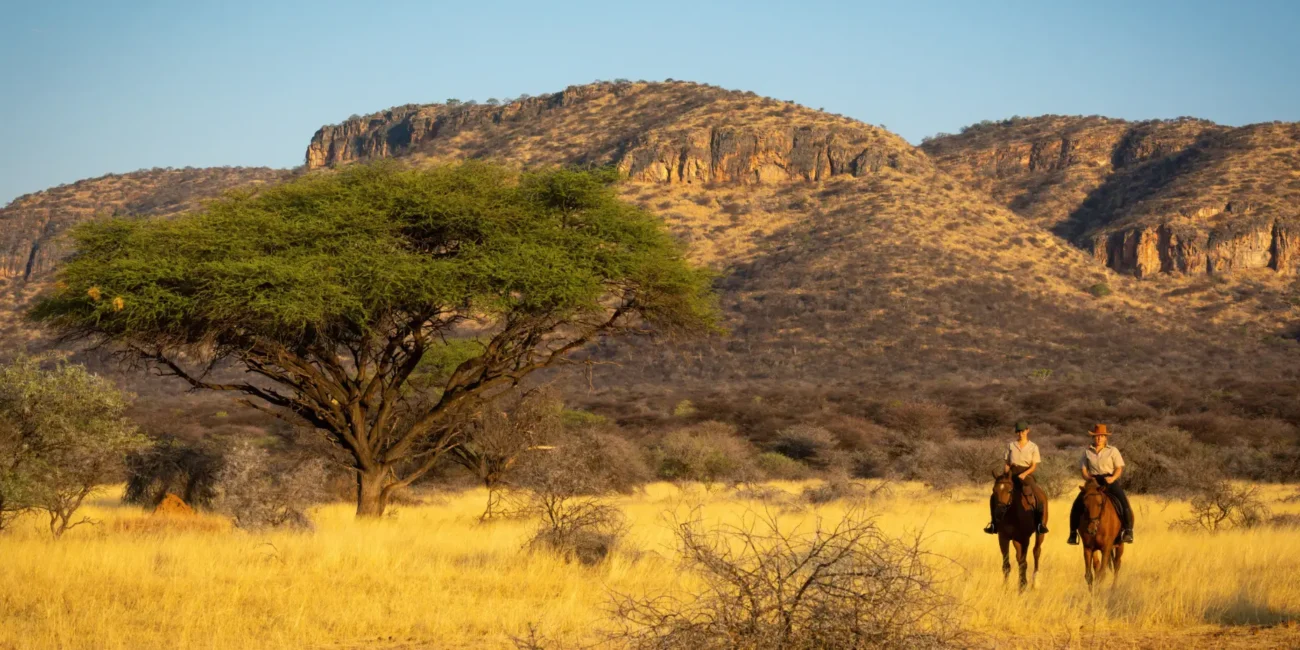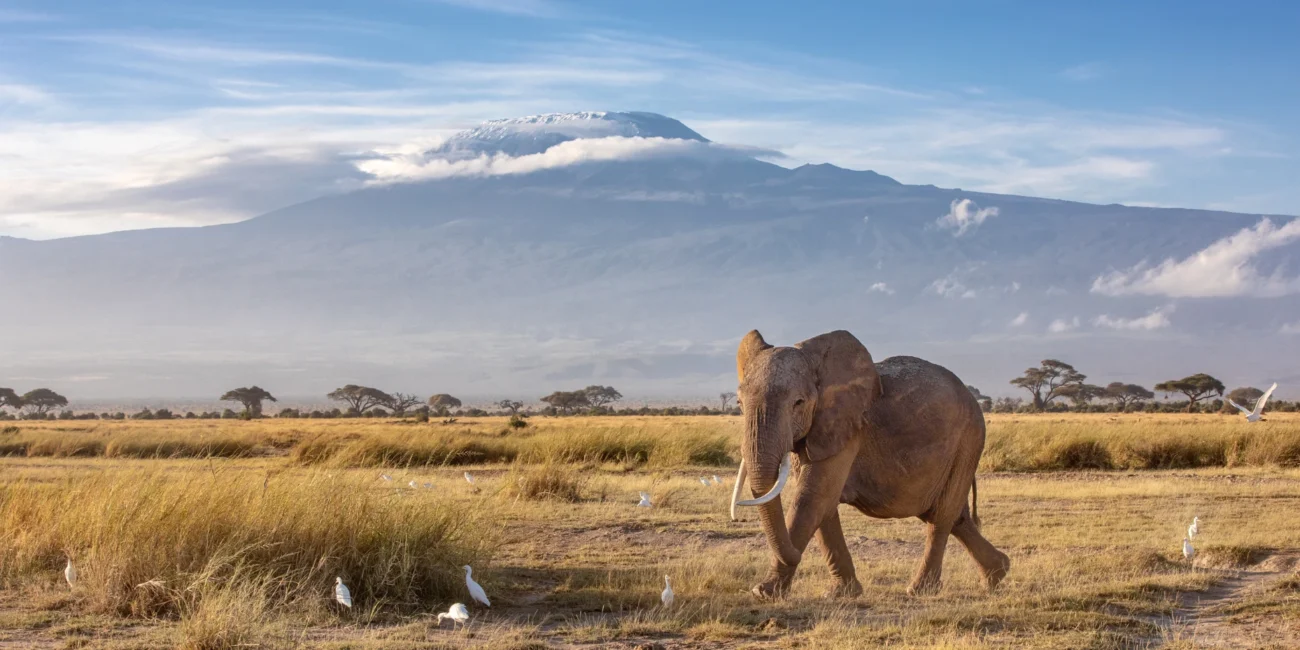A story of passion and purpose as husband-and-wife team Doug and Kristine Tompkins sought to restore the Iberá wetlands to their natural state and return endangered species back to their habitats, developing one of the most ambitious rewilding programmes in the Americas.

The vast Iberá wetlands, also known as “the Argentine Pantanal”, form the habitat for over 30% of the country’s entire biodiversity, covering 3.2 million acres of grasslands and marsh in the Correnties province in northeastern Argentina. The National Park is home to a plethora of unique species including the giant river otter, giant anteater, pampas deer, collared peccary, macaw, and the largest feline in the Americas – the jaguar.
However, this was not always the case.
The Corrientes region was heavily hunted throughout the late 20th century by nomads known as mariscadores, leading to a detrimental loss of its abundant wildlife. The ethereal jaguar, for example, had not been spotted in the area for over 70 years.
The start of something special
25 years ago, in 1997, these beautiful yet depleted ancient marshlands were discovered by Kristine Tompkins and her late husband Doug on their mission to acquire land across Chile and Argentina in a bid to donate it as national parks and restore the natural balance of the wild. The pioneering couple found themselves not only challenged with restoring the wildlife of the region that was on the brink of extinction, but faced an equally daunting humanitarian task; how to encourage the local communities to embrace nature, rather than fight against it.
By 2005, Doug and Kristine had created one of the most ambitious and successful rewilding programmes in the Americas, of which Kristine continues to be the mastermind to this day.
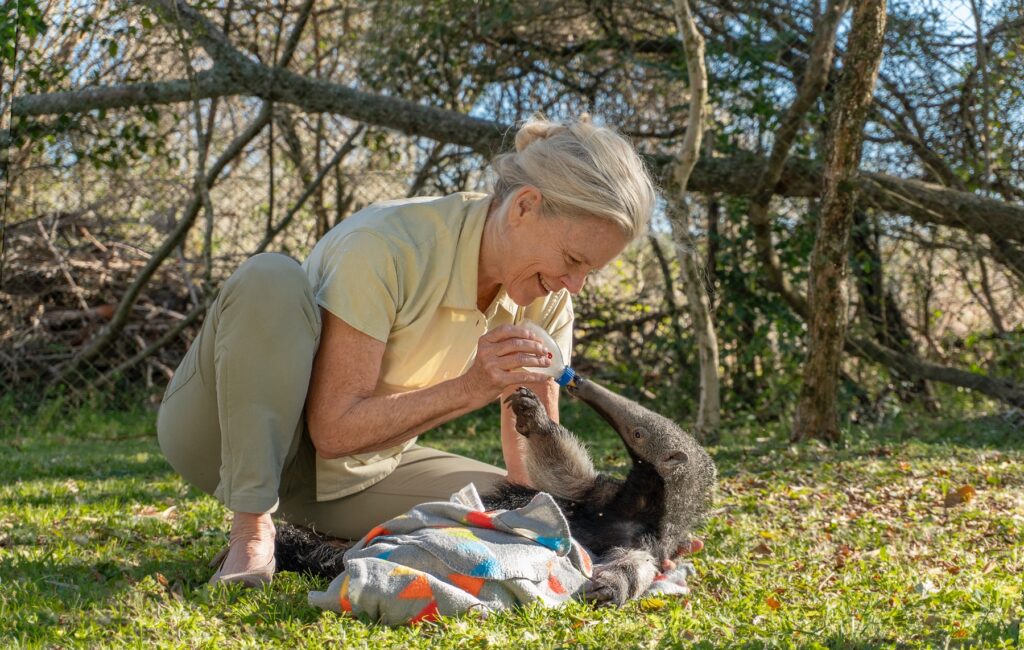
Spearheading the project
Renowned for her inspirational leadership in the environmental space, Kristine has been instrumental in the establishment of 13 new national parks and many different rewilding projects throughout Chile and Argentina. Kristine is the proud president and co-founder of Tompkins Conservation, which, together with Fundación Rewilding Argentina, has transformed 150,000 hectares of land into Iberá National Park.
In addition to reintroducing species and restoring the wildlife of the Corrientes region, Kristine is passionate about the communities within it too. She believes that the local communities and nature are so intertwined and mutually necessary to each other, and that conservation projects will only be truly successful if they also present long-term social, economic or cultural benefits.
Iberá National Park provides a range of job opportunities for the local community, including biologists, zoologists and expert wildlife guides, who are working alongside Kristine in her mission to restore the park’s unique wildlife. Some of the inspirational, driving forces behind Fundación Rewilding Argentina and helping Kristine and realise this vision include Sofía Heinonen, Executive Director; Sebastián di Martino, Conservation Director; and Emiliano Donadio, Science Director.
A project of passion and purpose
When the Tompkins first arrived in Iberá in 1997, the ecosystem was completely out of balance due to the local extinction of its top predator – the jaguar. The journey to reintroducing different species to the region has been long and arduous, yet with determination at the heart. Over the past 25 years, Kristine and the Fundación Rewilding team have successfully reintroduced seven keystone species including giant anteaters, pampas deer and macaws. Most remarkably and with much dedication and resilience, the first jaguars were reintroduced in 2021 and eight are now roaming free for the first time in three quarters of a century.
Iberá is the largest national park in Argentina, made up of 1.7 million acres, and the local people now take huge pride in the success and recognition the project has brought to the area, which has improved livelihoods through new job opportunities and invigorated tourism. Most importantly, the community is proud to have the jaguar as a cultural symbol back on their land.
This is a story of passion, purpose and dedication from some of the leaders in the rewilding space, making a true difference and giving hope to all those working towards a thriving natural world.
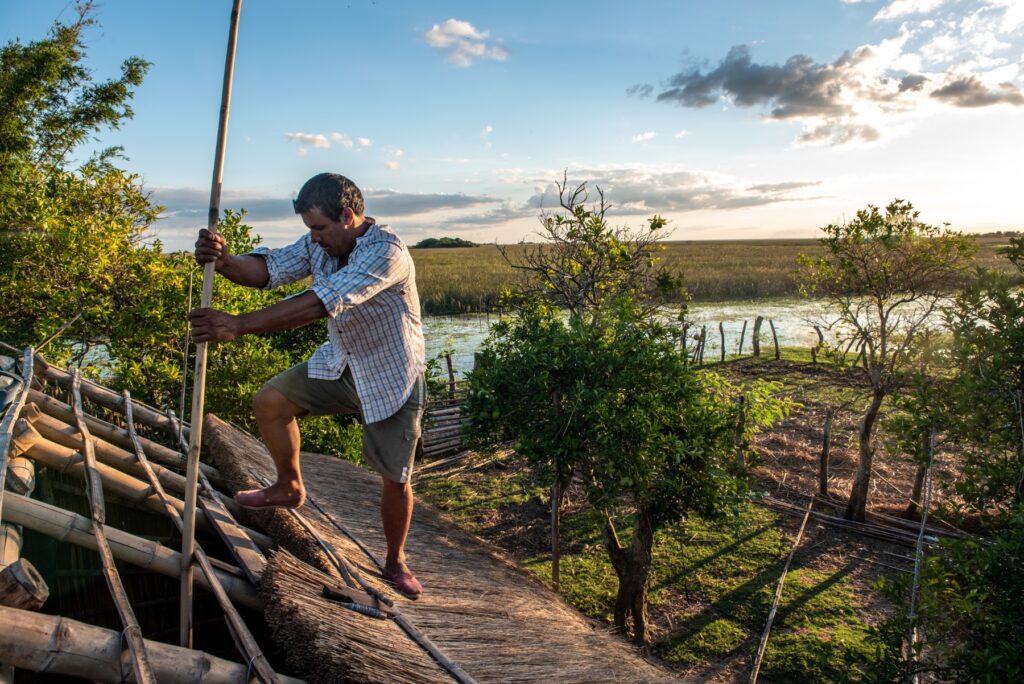
DIG A LITTLE DEEPER
Science of Rewilding: Iberá National Park – New Scientist
Wet & (Re)Wild in Argentina – World of Topi
Video: TED2020 Talk with Kristine Tompkins – Ted.com
